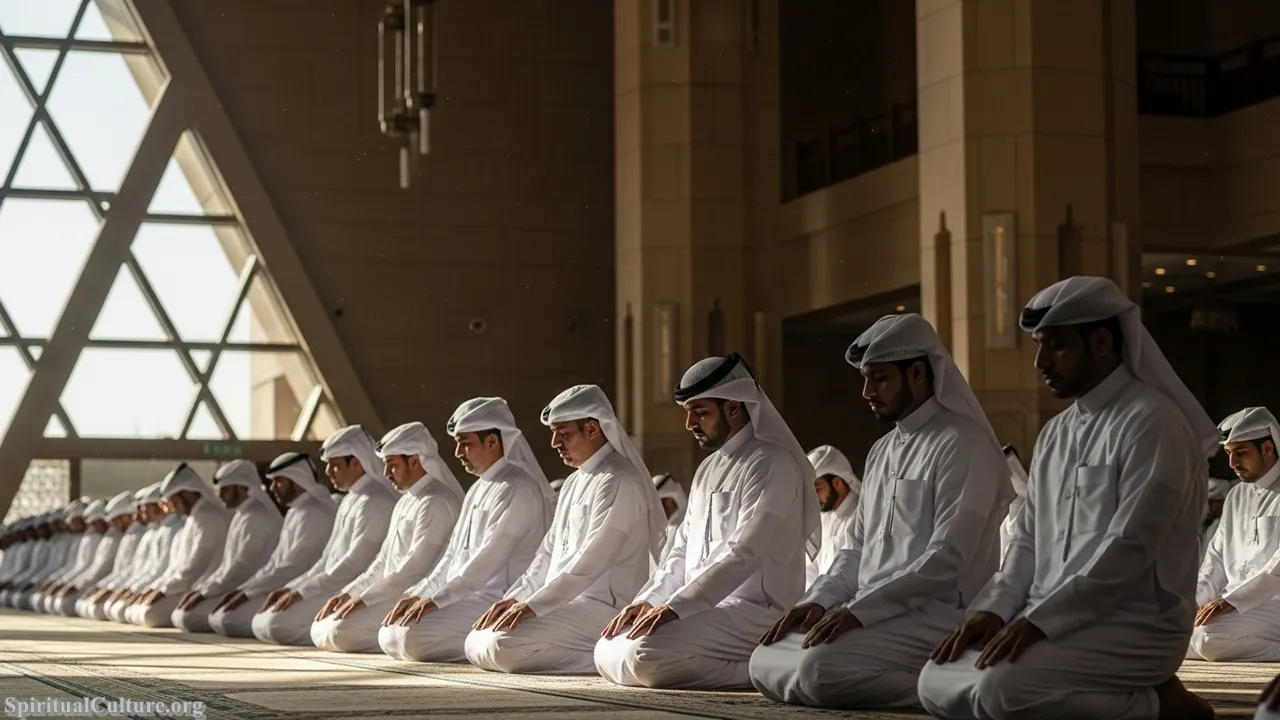The Philippines has a long history of cultural exchange and interaction with other countries, which is reflected in many aspects of its culture.
One of the most distinctive aspects of Philippine culture is the importance of family and community. Filipinos strongly emphasize the value of relationships and maintaining close ties with friends and family. This is reflected in the widespread practice of extended families living together and the importance of gatherings and celebrations with loved ones.
Another important aspect of Philippine culture is the country’s strong connection to its indigenous Austronesian roots. Many elements of traditional Austronesian culture, such as the importance of the family and community, the use of herbal medicine, and the belief in ancestral spirits, continue to be an important part of contemporary Philippine culture.
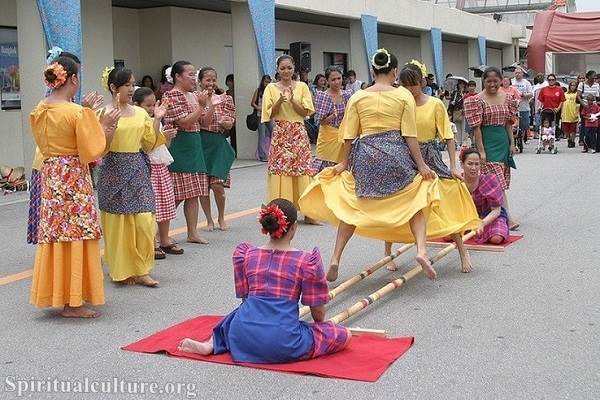
The Philippines has a rich cultural heritage, with a diverse range of influences from different countries and cultures. Since the Spanish colonial period, the country has had a strong Catholic tradition and a long Spanish language and literature history. The Philippines also has a significant Chinese minority, and Chinese cultural influences can be seen in many aspects of Philippine culture, including food, language, and business practices.
In recent years, American culture has also influenced the Philippines, particularly in media, entertainment, and consumer culture. Despite these outside influences, the Philippines has a strong national identity and cultural pride.
The Philippines is known for its colorful and vibrant festivals, which are an important part of its cultural traditions. The most famous of these is the annual celebration of the country’s Independence Day on June 12, marked with parades, festivals, and cultural events throughout the country. Other important festivals include the Ati-Atihan Festival, which is held in honor of the Santo Niño (the Child Jesus), and the Sinulog Festival, which is held in honor of the Santo Niño de Cebu.
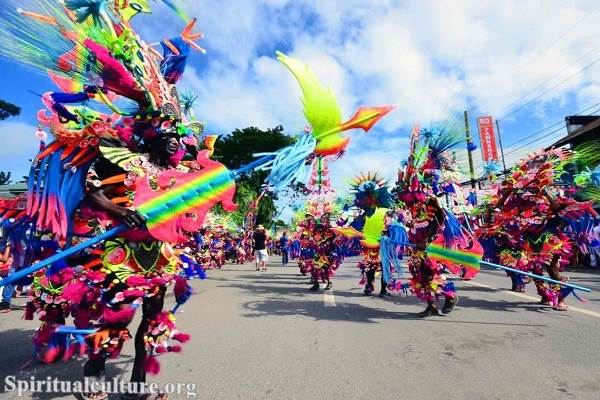
Music and dance are also important parts of Philippine culture. The country has a diverse range of traditional musical styles, including the kulintang (a type of gong music), the rondalla (a string ensemble), as well as a rich tradition of folk dance. Modern pop music and dance are also popular in the Philippines, and the country has a thriving music industry.
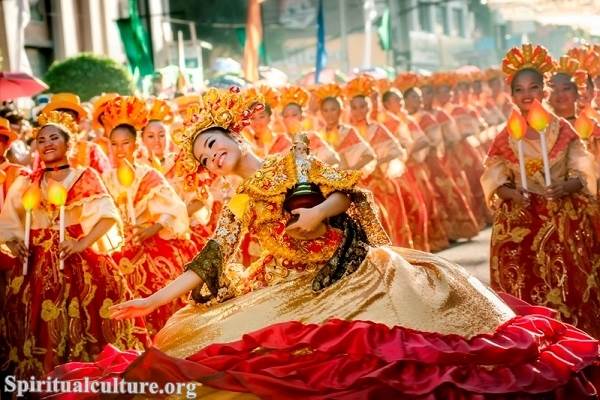
The Philippines is also known for its rich culinary tradition, with diverse dishes reflecting its various cultural influences. Some of the most famous Philippine dishes include adobo (a dish made with meat, vinegar, and soy sauce), sinigang (a sour soup), and lechon (roasted pork).
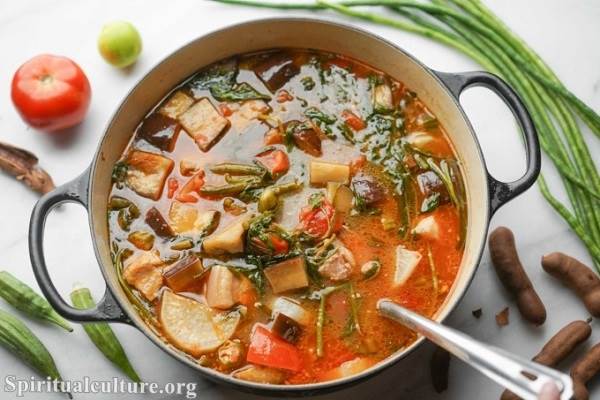
The Philippines is home to a thriving arts scene with a rich literature, theater, and visual arts tradition. The country has a strong tradition of storytelling, and many Philippine legends and myths are passed down through oral tradition. The Philippines is also home to several world-renowned artists and writers, including Jose Rizal, the national hero of the Philippines.

